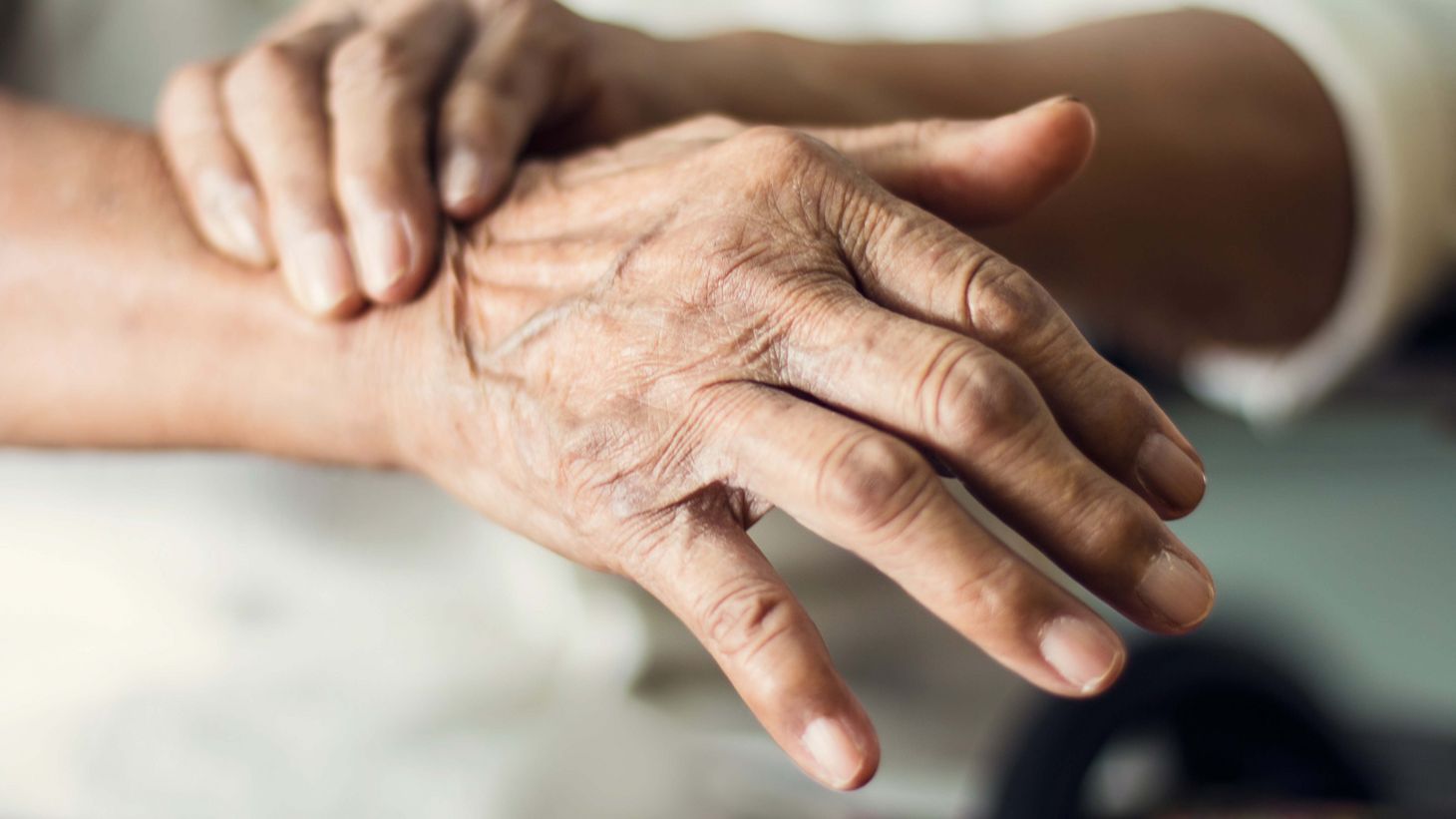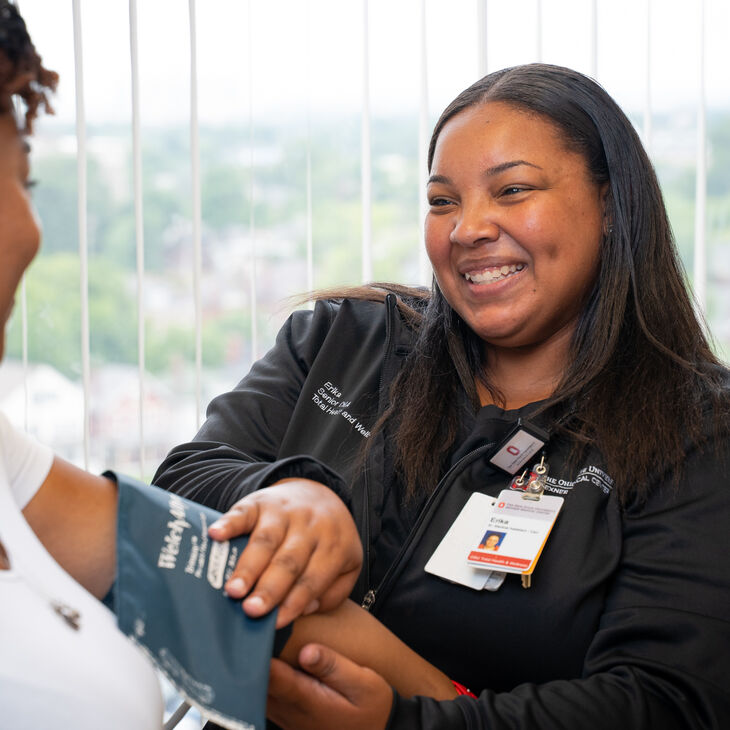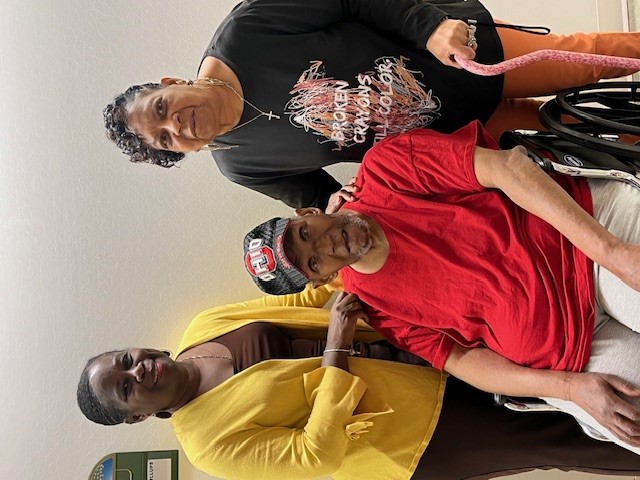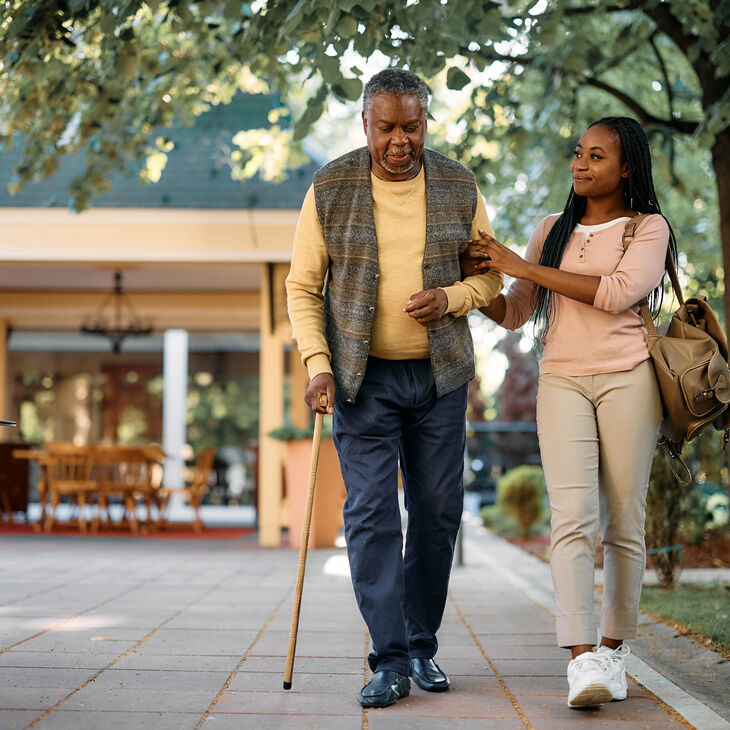by Todd B. Monroe and Karen O. Moss
Advanced age is associated with both an increased risk of dementia and pain. The prevalence of cognitively impaired individuals suffering from painful conditions will likely increase in the coming decades. Because there is no successful cure for dementia, people living with dementia are at great risk of suffering from pain and discomfort, especially in the later stages of the disease and life when the ability to communicate and verbally report pain is lost.1
Unfortunately, pain is often misinterpreted as a dementia-related behavioral disturbance, leading to overuse of psychotropic drugs to blunt the behavior, which can lead to poorly managed pain.2 The United States is in the midst of an Alzheimer’s disease (AD) crisis: More than six million people are living with AD, the most common type of dementia compromising about 65% of cases.3 By the year 2050, the number of people age 65 or older living with AD is projected to reach 12.7 million.3 African Americans/Blacks in the United States are two times more likely to develop AD.3,4
With that perspective as a backdrop, our team is leading several active studies examining sex-differences in pain in people living with AD. One study funded by a National Institutes of Health National Institute on Aging (NIH/NIA) R01 grant uses an FDA-approved device to deliver experimental thermal heat with an MRI-safe probe placed on the palm of the hand. At various points in time, the older adult then verbally rates the level of intensity and unpleasantness experienced on a standard pain scale. Next, we deliver the heat stimulus while the older adult receives an MRI that allows researchers to examine the integrity of the pain pathways in the brain, allowing for comparisons in brain activation between cognitively healthy adults and those with AD.
Racial disparities in pain assessment and management exist.5 With the support from a Diversity Supplement awarded to the parent R01, we are examining differences in pain responses and brain activation between Black and White older adults living with AD. Pilot data analysis from two NIH/NIA grants in partnership with Dr. Ronald Cowan at The University of Tennessee Health Science Center revealed that Black females reported experimental thermal pain at lower temperatures (were more sensitive) than White females.6
Family caregivers are integral to the care of people living with AD, and more than 11 million currently care for a loved one living with AD or another type of dementia.3 Our team is examining pain and stress in older adults living with AD and their family caregivers using questionnaires and hair cortisol levels as a biomarker measure of stress. This research is funded by The Ohio State University College of Nursing Research Development Funds.
During the ongoing coronavirus pandemic (COVID-19), dementia-related deaths have risen by 16%.3 As our team’s research remains focused on improving pain management in older adults living with AD, we remain mindful that AD is currently a diagnosis that contributes to eventual death with an increased risk of end-of-life pain. Since many older adults and those living with AD have numerous health conditions, we have carefully modified all current studies to account for the ongoing COVID-19 pandemic. This includes procedures to conduct study consent and questionnaires over the telephone or by video (Zoom) in certain situations.
Our team is committed to improving overall quality of life for persons living with AD and their family caregivers through better pain assessment and management. While much of our research is focused on how AD impacts the neurobiology of pain and is foundational in nature, we look forward to the long-term impacts of these important early contributions to improving quality of life. Until there is a cure for AD, we urge everyone to carefully monitor their older adult loved ones who are at risk for AD, seek help from a healthcare provider and also offer needed support to those who are caregiving for them. Suffering is not acceptable at any stage of AD, and there is a critical need to improve pain management in people living with dementia and to assist family caregivers providing support.
Todd B. Monroe, PhD, RN-BC, FNAP, FGSA, FAAN is a research associate professor at The Ohio State University College of Nursing and principal investigator of the Pain and Aging Lab. He is the previous recipient of an NIH/NIA K23 and two NIH/NIA R21 awards, as well as two current NIH/NIA R01 awards. Karen O. Moss, PhD, RN, CNL is an assistant professor at The Ohio State University Colleges of Nursing and Medicine, principal investigator in the Family Caregiver Community Research Lab and member of the Pain and Aging Lab.
References
- Monroe TB, Mion LC. Patients with Advanced Dementia: How Do We Know If They are in Pain? Geriatr Nurs (Minneap). 2012;33(3):226-228. doi:10.1016/j.gerinurse.2012.03.008
- Achterberg WP, Pieper MJ, van Dalen-Kok AH, et al. Pain management in patients with dementia. Clin Interv Aging. 2013;8:1471-1482. doi:10.2147/CIA.S36739
- Alzheimer’s Association. 2021 Alzheimer’s Disease Facts and Figures.; 2021. https://www.alz.org/alzheimers-dementia/facts-figures
- Alzheimer’s Association. Special Report: Race, Ethnicity and Alzheimer’s Disease.; 2021. https://www.alz.org/alzheimers-dementia/facts-figures
- Green CR, Anderson KO, Baker TA, et al. The unequal burden of pain: Confronting racial and ethnic disparities in pain. Pain Med. 2003;4(3):277-294. doi:10.1046/j.1526-4637.2003.03034.x
- Moss KO, Wright KD, Tan A, et al. Race-Related Differences Between and Within Sex to Experimental Thermal Pain in Middle and Older Adulthood: An Exploratory Pilot Analysis. Front Pain Res. 2021;2(November):1-4. doi:10.3389/fpain.2021.780338





